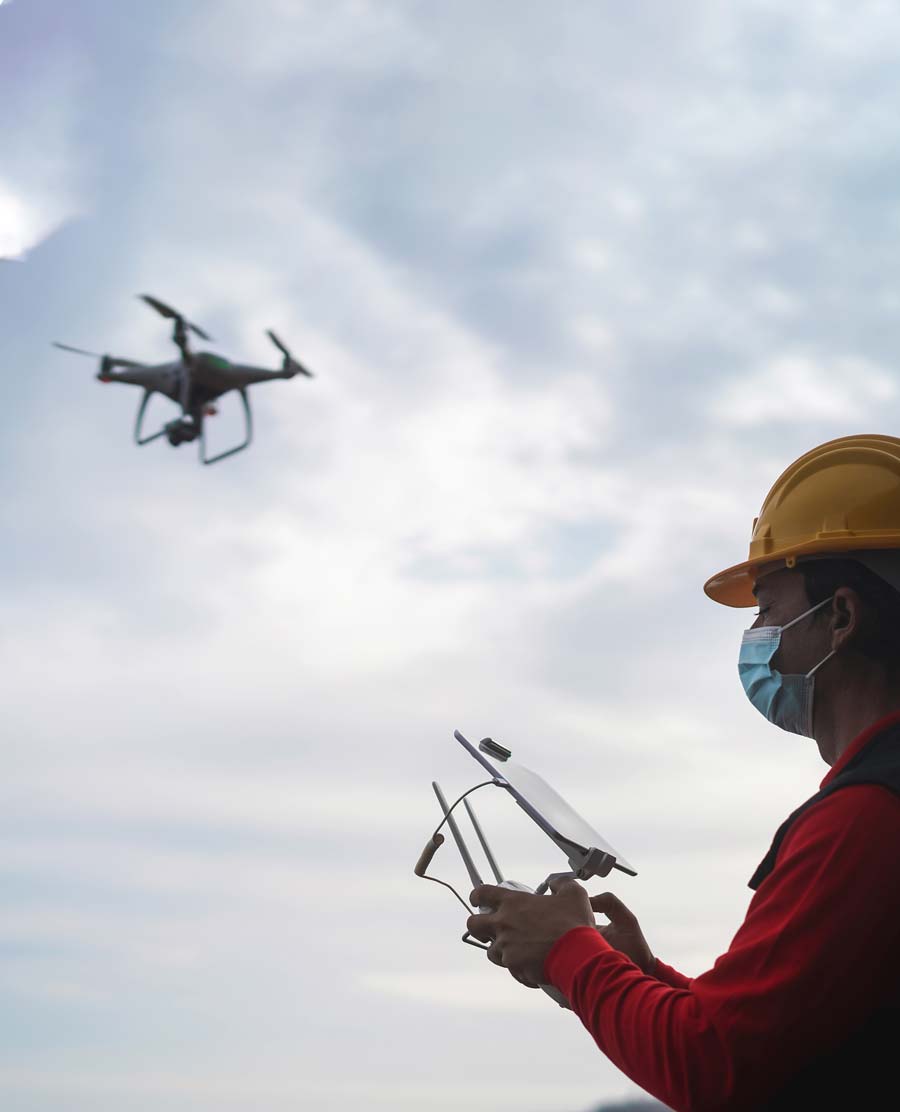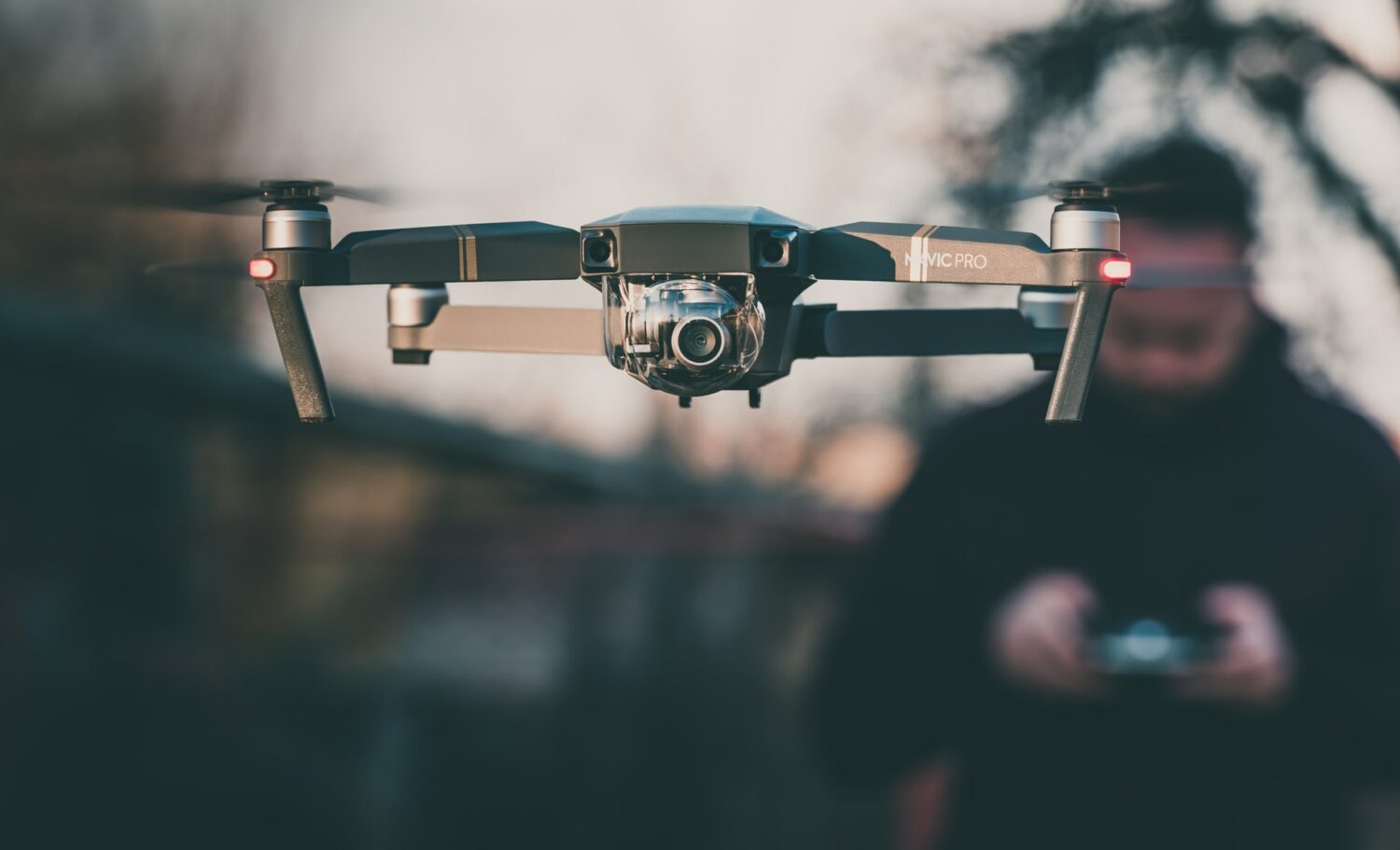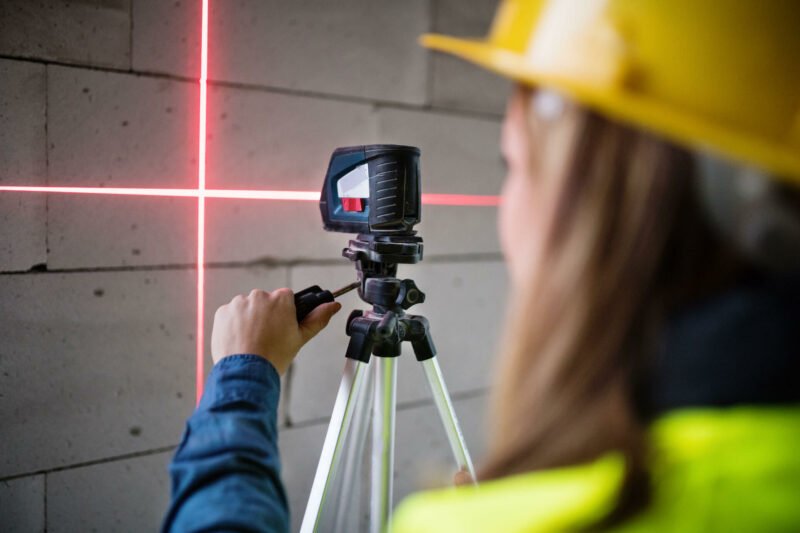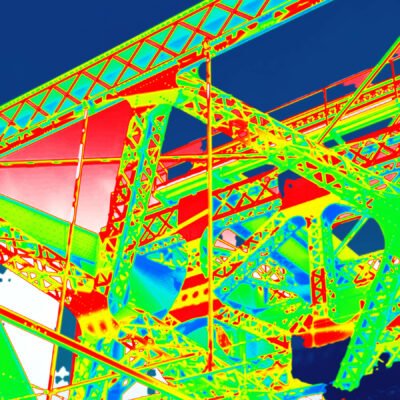- Home
- About Us
- Services
- Coatings and Linings Inspections
- Corrosion and Condition Assessment
- Advanced & Conventional NDT
- UAV RPAS and ROV Survey Inspection and Imaging
- Cathodic Protection
- Rope Access Inspection
- Drone Photography and Videography
- Laser 3D Scanning
- Coatings Inspection Equipment Calibrations
- Thermal Imaging Inspection
- Contact










